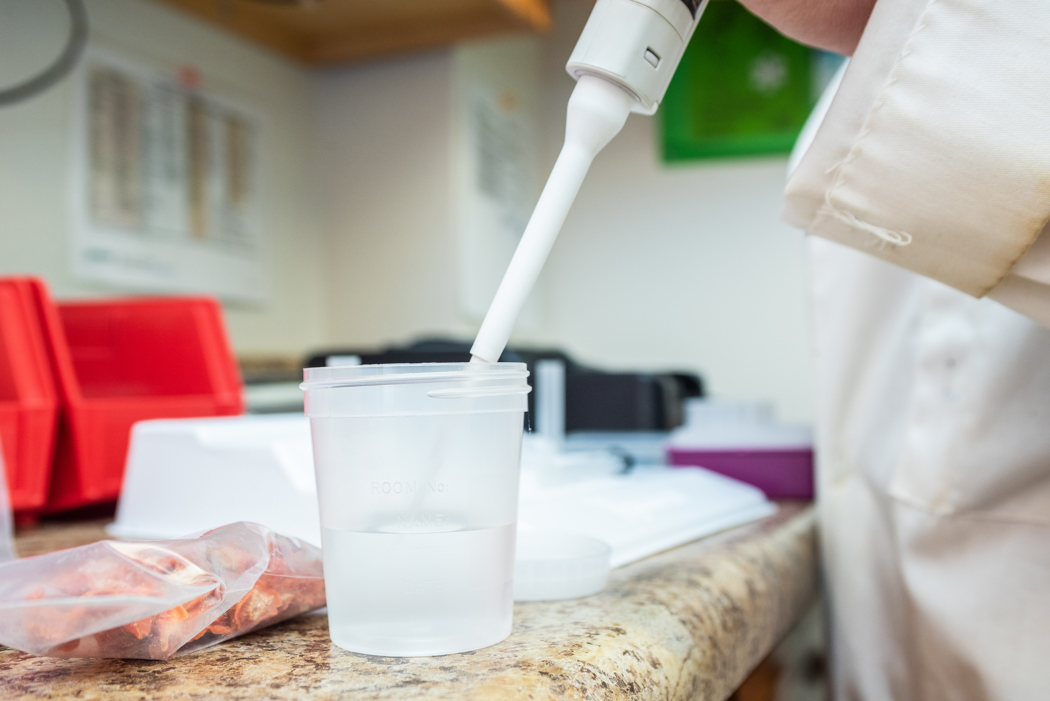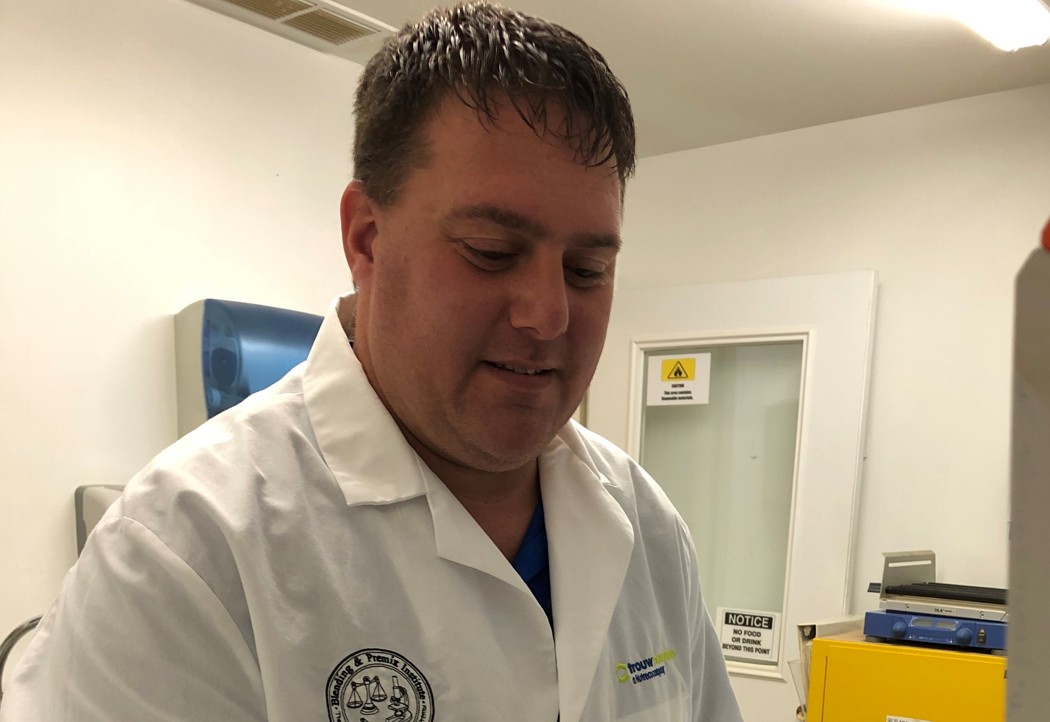Cross-Contaminant Testing
Cross-Contamination Studies

To ensure that a mineral or vitamin processed earlier in the day doesn’t contaminate the following production run, Trouw Nutrition runs a cross-contamination study. Cross-contamination studies should be performed at least twice a year, on complex new products, and especially on premixes containing minerals or high-risk chemical ingredients (HRCIs), such as such as zinc, selenium or vitamin A.
Typically conducted in conjunction with a mixer study, a cross-contamination study is meticulously scheduled, so the tested ingredient is included in the first production run but not in the second. For example, Trouw Nutrition may produce a premix with vitamin A, flush the system according to standard operating procedures (SOPs), and run a premix containing a mineral. The second premix will be tested to see if it contains any vitamin A. The vitamin A results are correlated to past findings to determine the coefficient of correlation (CCr), which must be a three or lower to pass.

If the study does not pass, adjustments are made to prevent contamination from reoccurring. Such actions may include increasing the number of flushes in between production runs, changing the types of flushes conducted, or cleaning the equipment with an antimicrobial cleaner if appropriate. Then the cross-contamination study will be repeated until a passing score is achieved.
Customers receive a full report of the findings, including the number of tests conducted, the sequence of lots tested, the level of inclusion of the contaminant for each test, the average level of contamination, the standard deviation, the expected level of inclusion based on historical data, the percent guarantee, and the CCr.
Contact Us Today!
Contact us today to learn more about using cross-contamination studies to protect your premix or blend.
